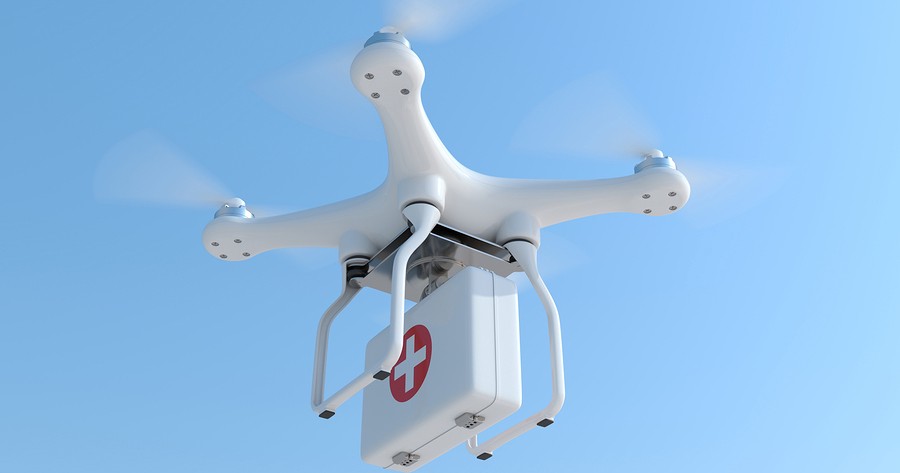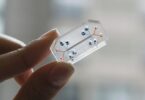Drones used for the delivery of medical supplies proved to be the safest, most efficient and contactless option in an emergency situation.
The world faced one of the most difficult moments in recent history, The COVID-19 virus, spread across six continents, to slow the spread of the virus, governments around the world put emergency plans in place to contain the spread as much as possible. Governments have encouraged people to stay at home, avoid social gatherings and limit personal contact to reduce the chances of contracting the virus.
Following the innovative practices carried out in China during the first outbreak, European public health and safety organizations are turning to drone solutions to control the situation. to test a drone delivery solution. Their goal was to use drones to deliver medical supplies from the hospital to locations within a 5km radius. Drone delivery of essential supplies to potentially infected areas proved to be the safest and most efficient option.
The use of drones to deliver essential supplies is not new. DJI and other select partners around the world have previously tested these applications, which push the boundaries of technology, regulations, and operations, with positive, but limited results.
Although these stories demonstrate that it is possible to deliver medicines with drones, please be aware of and follow local policies and procedures before conducting these operations.
SincroniaLogistica is a service company focused on the delivery of healthcare supplies to hospitals throughout Mexico. They have tested innovative ways to reduce delivery time for medical supplies in an emergency and have found that drone delivery is the perfect approach to maximize efficiency.
WeRobotics, a non-profit organization dedicated to developing humanitarian solutions through the use of technology, and the DR DroneInnovation Center accepted the challenge to address this problem through a program called FlyingLabs. The community hospitals chosen for this project were El Coco and Los Montacitos, both more than 10 km from the nearest regional hospital, El Bohechio.
With the help of drones, these projects were able to bridge the gap, reduce time, and provide much-needed supplies to doctors and patients. Drone delivery of medical supplies will become a global trend in the coming years.
DJI encourages innovation in these difficult times, and these projects are an example of how drones can positively impact our healthcare system and help in times of emergency.
The disadvantages of drones
- The equipment is not cheap, so a large investment is required for its massive use.
- They require trained personnel to handle it, as well as personnel to process the images obtained with them.
- They are not useful for long journeys or carrying heavy loads.
Different types and uses of drones
- Fight against fire.
- Predictive maintenance of electrical networks.
- Rescue in natural disasters.
- Services to isolated towns.
Drone surveying refers to the use of a drone, or Unmanned Aerial Vehicle (UAV), to capture aerial data with downward-facing sensors, such as RGB or multispectral cameras and LIDAR sensors.
https://www.itsitio.com/co/drones-la-entrega-suministros-medicos/
https://peakd.com/health/@lanzjoseg/entrega-de-suministros-medicos-utilizando-drones







